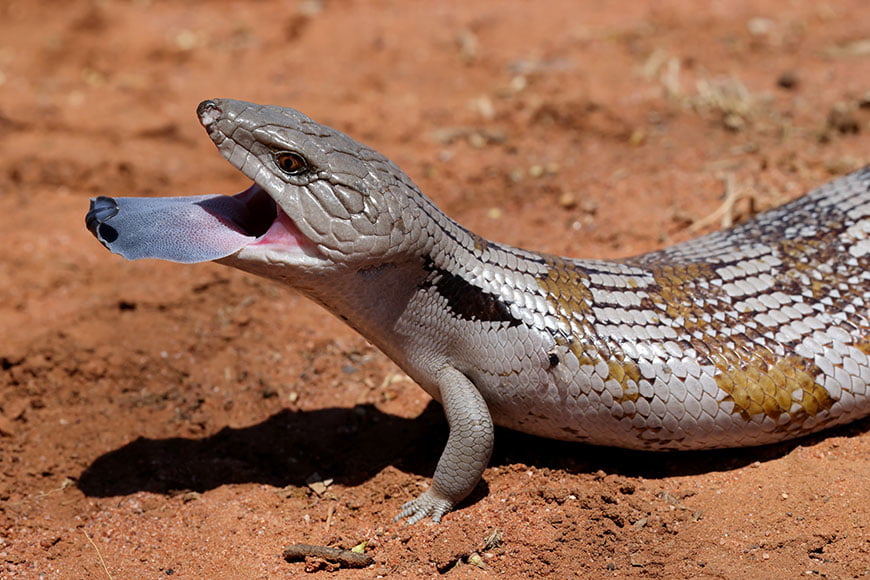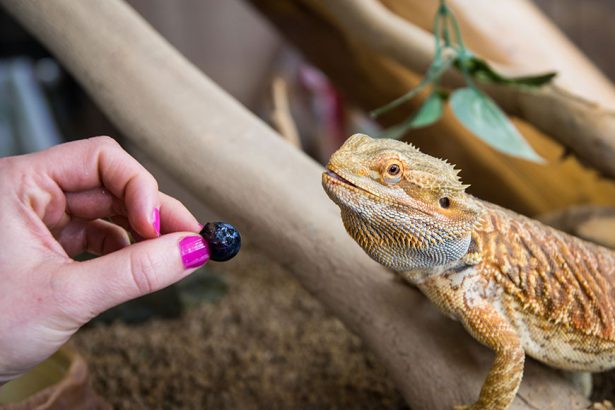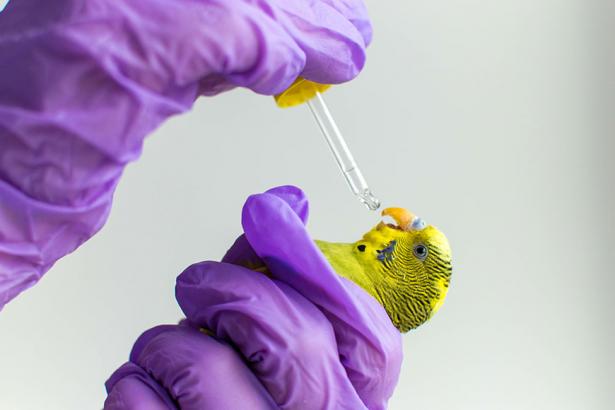Blue-tongued skinks, scientifically known as Tiliqua scincoides, are a unique species of reptiles native to Australia and parts of Indonesia and New Guinea. Often called the blue tongued lizard as a result of their distinctive blue tongues, their docile nature and fascinating behaviours have made them increasingly popular as pets among reptile enthusiasts. This comprehensive guide will provide you with all the necessary information to ensure your blue tongue skink thrives in its new home.
Understanding Blue-Tongued Skinks
Blue-tongued skinks are diurnal lizards recognized for their vibrant blue tongues, a fascinating trait that distinguishes them from other species. These ground-dwelling creatures possess flattened and elongated bodies, short legs, and dull teeth, contributing to their unique appearance. Despite their startling appearance, they are generally docile creatures, making them an ideal pet for reptile enthusiasts.
Blue Tongue Lizard Enclosure: Creating a Comfortable Habitat
Creating the perfect blue tongue skink enclosure is crucial for the well-being of your blue-tongued skink. The lizard enclosure, often referred to as a lizard tank, should provide at least 8 square feet of horizontal space. The minimum enclosure size for adult skinks is 2’x2’x4’. However, larger lizard enclosures are recommended to mimic their natural habitat and allow for ample movement.
The enclosure should include multiple secure hide boxes placed in both warm and cool areas. Suitable materials for hides include sterilised wood, cork, plastic, PVC piping, slate, and ceramic. Branches and rocks can be added for climbing and exploration. Additionally, skinks need access to a water dish large enough for soaking.
When setting up an enclosure, you need to consider the lizard substrate, which should be chosen carefully as these lizards are burrowers. They need a deep, soft substrate that retains moisture well, which helps maintain healthy humidity levels. Popular options include coconut husk, cypress mulch, reptile soil and bioactive bedding.
Blue Tongue Lizard Diet: Ensuring Proper Nutrition
When approaching the blue tongue lizard diet, it’s important to understand they are omnivores. In the wild they are used to foraging for both plants and insects in their natural habitat. A balanced diet for these lizards should consist of 60% plant food and 40% animal protein. Suitable vegetables, fruits, and animal proteins can be provided as food. Regular dusting of food with reptile multivitamins and calcium carbonate supplements is recommended to ensure they receive all necessary nutrients.
Blue Tongue Lizard Pet: A Unique Companion
When keeping a blue tongue lizard, pet owners will certainly notice their generally docile nature, which makes them one of the more easy reptiles to handle. In fact, they are so easy to keep that their owners can often forget they need love and proper care the same as any other reptile. When it comes to blue tongue skink care, it’s important to provide a suitable habitat with appropriate temperature and humidity levels, a diet rich in a variety of insects, gastropods, flowers, fruits, and berries, and regular health check-ups to ensure longevity, as these reptiles can live up to 20 years or more.
If you want to keep a blue tongue lizard – enclosure, diet and attention are paramount for their quality of life. Remember they require a significant commitment of time and space, as well as access to specialised exotic pet vets. Most traditional veterinarians will not be equipped or properly experienced to treat blue tongue lizards properly.
Lifespan of a Blue Tongued Skink
With proper care, a captive blue tongued skink can live between 15 to 20 years, and some individuals have exceeded the expected lifespan by as much as a decade. Whilst they are easy lizards to care for, it all comes down to your ability to provide proper blue tongue lizard care. Like any animal, if you don’t do your absolute best to provide them with the things necessary for them to live their best life, the animal will likely die young.
Remember, if you have any concerns about your blue-tongued skink’s health, it’s always best to consult with a professional. Currumbin Valley Vet is always here to provide expert advice and care for your unique pets.
FAQs
Blue-tongue lizards are omnivores. A balanced diet for these lizards should consist of 60% plant food and 40% animal protein. Regular dusting of food with reptile multivitamins and calcium carbonate supplements is recommended to ensure they receive all necessary nutrients.
If you have any concerns about your blue-tongued skink’s health, it’s always best to consult with an exotic pet veterinarian. Most traditional veterinarians will not be equipped to treat blue tongue lizards properly, so access to specialised exotic pet vets is necessary.





